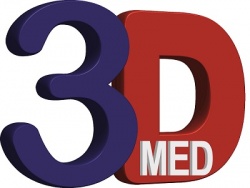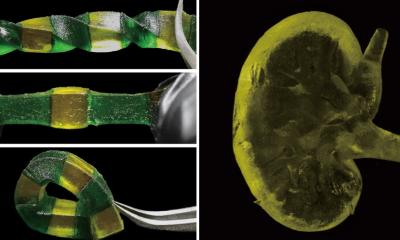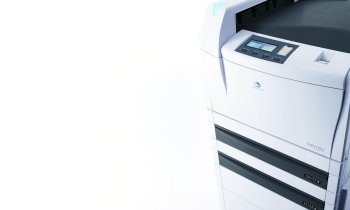Announcement
International Conference on 3D Printing in Medicine
At the 2nd International Conference on 3D Printing in Medicine from May 19-20, 2017 in Mainz, Germany, the focus is on innovative deployment options for the 3D print process in medicine. Today already, 3D printing is being applied in virtually all medical disciplines.

So orthopaedic surgeons, oral and maxillofacial surgeons, vascular surgeons, ophthalmologists, urologists, dermatologists and ear, nose and throat doctors are now using individually adapted 3D implants. Well-known international physicians, material scientists and engineers are involved with the opportunities that 3D printing opens up in oral and maxillofacial surgery, casualty surgery, orthopaedic surgery and vascular surgery, as presenters at the 2nd International 3D Print conference.
Additionally, further medical disciplines such as ophthalmology, dentistry and neurosurgery will also be featured. The presenters will also be examining the influence 3D print has on regenerative medicine. Using the 3D print process, veins, nerves, breast tissue, bone replacement material or corneas can already be artificially produced today. Last but not least, this cross-disciplinary conference will also be about new developments in materials science with reference to 3D print, as well as 3D bioprinting.
3D bioprinting technology, which supports the reproduction of organic tissue, enables the precise arrangement of living, human cells in three-dimensional structures. It is seen as a key technology for producing functional tissue or whole organs in future. The 2nd International 3D Print Conference in Mainz will also look into the question of which new and biocompatible materials can be optimised for many methods of treatment. 3D printing will be finding more medical areas of deployment. A study by the A.T. Kearney business consultancy has reached the conclusion that a growth rate of 20 to 25 per cent is to be reckoned with in the medical sector by 2020. The production of individualised transplants is becoming more and more important, especially in prosthetic joints (for hips, shoulders, knees and jaws).
Some further questions that the conference will be addressing are: What are the developments and advances in medicinal 3D printing? Which medical disciplines already use 3D printing for individual solutions today? Which materials are used in the production of individual implants and how do these newly developed materials distinguish themselves? Which technologies are applied and how are they further developed? The conference also cultivates the promotion of cross-disciplinary dialogue between experts from medicine, materials science and engineering. This event is also intended to combine synergies among participants from different areas, to work out and support any national and international cooperation projects. In consequence of the great international success of the first conference in Mainz in April 2016, there was soon a demand from the scientists for follow-up event. Mainz was chosen once more to be the location for the 2nd International Conference of 3D Printing in Medicine.
For more information visit www.3dprint-congress.com
Source: 3D Print Congress 2017
08.12.2016











